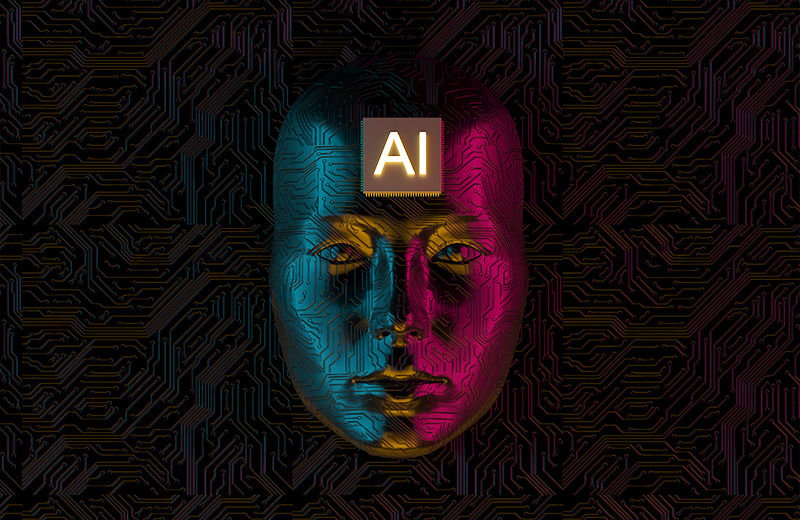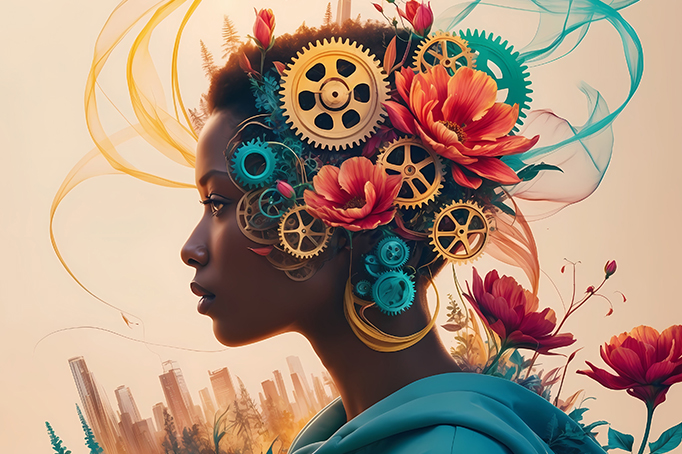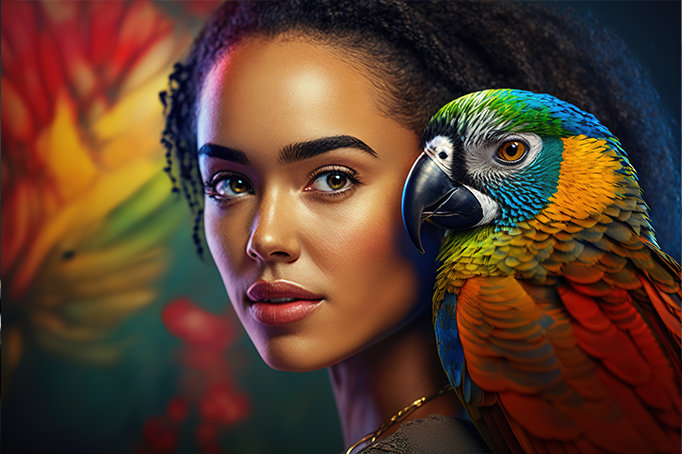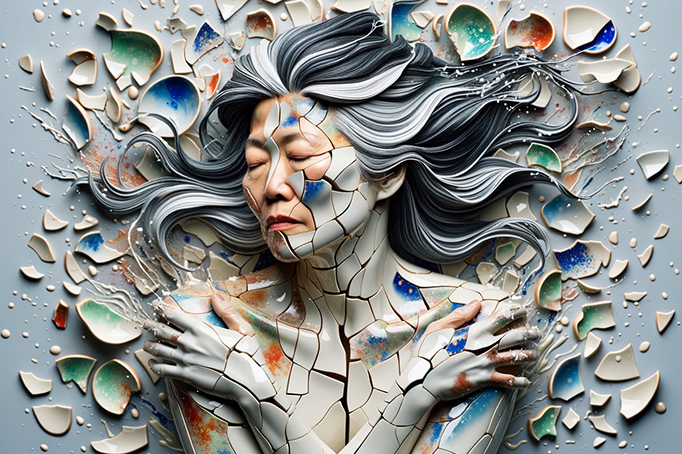
- December 19, 2024
- MAAC
- 0 Comments
- Graphic Design
Generative Design and AI in Graphic Design
Introduction to Generative Design in Graphic Design
Generative design is an innovative approach that leverages algorithms and artificial intelligence (AI) to create design solutions. Unlike traditional design methods, generative design allows designers to define parameters and constraints, enabling AI to produce multiple variations automatically. This shift is transforming the graphic design industry, empowering designers to push the boundaries of creativity and productivity. AI’s influence in the creative industry is undeniable, as it automates processes, accelerates workflows, and enhances the potential for experimentation. If you’re pursuing a graphic design course, understanding generative design is crucial for staying ahead in this evolving field.
The Impact of Artificial Intelligence on Design Automation
Artificial intelligence is revolutionizing design automation by handling repetitive and time-consuming tasks. AI-powered tools can adjust layouts, optimize typography, and even suggest suitable color palettes in seconds. Machine learning algorithms analyze patterns and user preferences to make smarter design decisions, allowing designers to focus on the creative aspects of their work. This synergy between human creativity and AI-driven efficiency is reshaping the way designs are conceptualized and executed. Enrolling in a graphic design course can provide you with the skills to effectively leverage AI in your projects.
Generative Design: Shifting from Manual to AI-Driven Creativity
Generative design shifts the creative process from manual effort to AI-driven innovation. Designers can input specific guidelines—such as size, style, and color—and AI generates multiple design variations in minutes. For instance, AI can automate complex tasks like creating responsive layouts or testing variations of a logo. Tools like these not only save time but also inspire designers by presenting unexpected solutions that may not have been initially considered. Students in a graphic design course often explore such tools to enhance their learning experience.
Introduction to Generative Design Tools
Generative design tools are at the forefront of this AI revolution. Adobe Firefly and DALL-E are two prominent examples, each offering unique functionalities to streamline workflows. These tools allow designers to produce high-quality visuals, explore endless design variations, and bring creative concepts to life faster than ever before. By integrating these tools into their processes, graphic designers can enhance their productivity and achieve professional results with ease. Learning how to use these tools is a key component of any comprehensive graphic design course.

Adobe Firefly: Revolutionizing Rapid Concept Development
Adobe Firefly is a game-changer in generative design. This AI-powered tool enables designers to create intricate and visually stunning designs effortlessly. With features like text-to-image generation and style-based customization, Firefly accelerates concept development while maintaining creative control. For instance, designers can input text prompts to generate unique visuals or explore various design themes in seconds. Real-world applications of Firefly include creating marketing materials, concept art, and social media graphics with minimal effort. These capabilities are often covered in advanced modules of a graphic design course.

DALL-E: AI-Powered Image Creation and Concept Exploration
DALL-E, developed by OpenAI, takes AI-powered creativity to new heights. This tool specializes in generating high-quality images based on textual descriptions. Designers can use DALL-E for brainstorming, visual storytelling, and rapid prototyping. For example, if a designer needs an image of a futuristic cityscape, they can simply describe it, and DALL-E will create multiple variations instantly. This capability allows designers to explore bold and imaginative ideas that would typically require extensive manual effort. Mastering tools like DALL-E is an asset for students pursuing a graphic design course.
Advantages of Using AI in Generative Design
Generative design tools offer numerous advantages that make them indispensable in the modern graphic design landscape:
- Faster Turnaround Time: AI tools can create multiple iterations in minutes, significantly speeding up the design process.
- Cost Efficiency: By automating time-intensive tasks, these tools reduce labor costs and enable designers to focus on high-value projects.
- Creative Flexibility: Designers can experiment with various styles, layouts, and concepts without the constraints of manual effort, leading to more innovative outcomes.
A graphic design course often emphasizes these benefits, preparing students to integrate AI tools into their workflow effectively.
Challenges and Ethical Considerations in AI-Driven Graphic Design
While AI brings exciting possibilities, it also raises important challenges and ethical concerns. One major issue is the originality of AI-generated designs. Questions about copyright and ownership often arise, especially when AI creates artwork based on existing data. Additionally, there is the risk of over-reliance on AI, which could diminish the human touch in design. Striking a balance between human creativity and machine-generated output is essential to maintaining authenticity and artistic integrity. These topics are frequently discussed in a graphic design course, fostering a deeper understanding of the ethical landscape.
Future Trends in Generative Design and AI Integration
The future of generative design is brimming with possibilities. AI’s capabilities are expected to evolve further, enabling more personalized and interactive designs. For instance, AI tools may soon integrate real-time feedback to create designs that adapt to user preferences dynamically. Innovations in 3D modeling, animation, and motion graphics powered by AI are also on the horizon, opening new avenues for creative expression. As these trends develop, the role of AI in graphic design will become even more prominent. Staying updated on these trends is crucial for anyone enrolled in graphic design courses in Pune, especially at institutes like MAAC Satara Road.
The New Frontier of Graphic Design with AI
Generative design and AI are reshaping the graphic design landscape, offering tools and techniques that empower designers to achieve more in less time. By embracing tools like Adobe Firefly and DALL-E, designers can unlock new levels of creativity and efficiency. However, it’s crucial to approach these innovations thoughtfully, balancing the benefits of AI with the irreplaceable value of human creativity. As the industry continues to evolve, those who adapt and experiment with AI tools will stay ahead of the curve, leading the way in this exciting new frontier of graphic design. Enrolling in graphic design courses in Pune, such as those offered by MAAC Satara Road, is an excellent way to gain the knowledge and skills needed to thrive in this AI-driven era.


Leave a Comment
You must be logged in to post a comment.